In today's technologically driven world, the convenience and efficiency of power access in our homes have never been more crucial. With a myriad of devices integral to our daily routines, the demand for more competent and versatile charging solutions has led to the rise in popularity of USB outlets. These innovative fixtures not only streamline the charging process but also enhance the functionality of living spaces, eliminating the reliance on bulky adapters and making power access more straightforward and efficient. The integration of USB wall outlets and USB receptacles into residential infrastructures is rapidly becoming a standard practice, reflecting the evolving needs of modern homeowners.

What Makes USB Outlets Unique?
USB outlets, or Universal Serial Bus outlets, represent a significant advancement in the integration of technology into everyday living spaces. They have become essential for modern homes due to their unique features and functionalities that standard electrical outlets do not offer.
Integration of Technology
The USB outlet's design is inherently geared towards enhancing user convenience and technological integration. Initially developed by major technology firms like Intel and Microsoft in 1995, the USB has evolved into a crucial interface for data communication and power supply. Its ability to replace older serial and parallel ports underscores its efficiency and adaptability. USB outlets facilitate a high-speed data transmission environment which is crucial in today's digital age where speed and efficiency are paramount. Moreover, the introduction of USB-C has expanded the capabilities of USB outlets further, allowing for a single port to manage multiple functions including video output, data transfer, and power supply.
USB outlets are also embedded in modern furniture, reflecting a shift towards multi-tasking and convenience. Manufacturers are increasingly integrating USB ports into furniture items like lamps, tables, and beds, enabling easy access to charging facilities without compromising on style or functionality. This integration is particularly advantageous in compact living spaces where every inch of space counts.
Design and Structure
The structural design of USB outlets includes several features that enhance their utility and durability. Each USB connector is shielded and designed to transmit up to 5V and 500mA, ensuring efficient power delivery to connected devices. The connectors are also uniquely keyed to prevent incorrect insertion, which protects the device and outlet from potential damage. This design consideration is crucial in maintaining the longevity and reliability of USB outlets.
Furthermore, the power delivery protocol of USB outlets is designed to prioritize the connection of the power pin before the data lines. This arrangement prevents devices from attempting to draw power through data lines, which can lead to damage and inefficiency. The evolution of USB technology has also seen enhancements in power capacity, with newer specifications allowing for up to 240W power delivery, sufficient to charge power-intensive devices directly from a USB outlet.
Why Should You Install USB Outlets?
Faster Charging
USB outlets are engineered to optimize the charging process, providing up to 40% faster charging compared to traditional adapters. This efficiency is achieved through smart chips within the outlets that detect the amperage requirements of the connected device and adjust the power output accordingly. Homeowners can enjoy the convenience of charging devices like smartphones and tablets more quickly, minimizing wait times and enhancing daily routines.

Energy Savings
One of the standout features of USB outlets is their energy efficiency. These electrical outlets are designed to provide power only when a device is connected, eliminating standby power consumption. This not only helps in reducing energy bills but also contributes to a more environmentally friendly home. The smart technology embedded in USB outlets ensures that they deliver the exact amount of power needed without waste, making them a superior choice for energy-conscious consumers.
Reduced Clutter
Installing USB outlets contributes significantly to reducing clutter by eliminating the need for bulky adapters and power strips. With the ability to charge multiple devices directly from the outlet, spaces like kitchen counters, desks, and nightstands become more organized and visually appealing. This streamlined charging solution not only enhances the aesthetic of any room but also improves functionality by freeing up space and reducing the hassle associated with managing multiple charging adapters.

Different Types of USB Outlets
USB-A
USB-A outlets are the standard type that many are familiar with due to their long-standing presence in the technology industry. These outlets typically support a voltage range from 4V to 125V and amperage up to 20 amp. Known for their flat, rectangular shape, USB-A ports were the original design for USB technology, facilitating basic data transfer and charging capabilities.
USB-C
The USB-C outlet represents a significant evolution in USB technology with its reversible, 24-pin connector system, which allows for easier and more reliable connections. USB-C ports support higher power delivery, capable of up to 100 watts, and enhanced data transfer speeds up to 10 Gbps. This type is increasingly becoming the standard due to its efficiency and versatility, replacing older USB types like USB-B and Mini USB. Notable for its high-speed data transmission and power supply, USB-C is also embedded with smart chips that optimize charging efficiency, making it suitable for modern, power-intensive devices.

Lightning Ports
Lightning ports, proprietary to Apple devices, have been a staple since 2012, starting with the iPhone 5. Despite their exclusivity, these connectors are known for their compact and reversible design, making them user-friendly. However, Lightning ports generally offer slower data transfer rates at USB 2.0 speeds (480 Mbps) and support a maximum current of 2.4A. Although they lag behind USB-C in terms of speed and power delivery, Lightning connectors remain prevalent in Apple ecosystems, supporting a wide range of devices from iPhones to iPads.
How to Select the Best USB Outlet
Understanding Power Ratings
When selecting the best USB outlet, it is crucial to understand the power ratings, as these will determine how quickly and efficiently your devices can be charged. USB outlets vary in power output, typically ranging from 2.5 watts to 100 watts. Standard USB 1.0 and 2.0 ports deliver up to 500 milliamperes (mA) at 5 volts, equating to 2.5 watts, while USB 3.0 can provide up to 900 mA (4.5 watts). For higher power requirements, USB Power Delivery (USB-PD) supports up to 100 watts, facilitating faster charging for devices like laptops and tablets. Always check the power output specifications to ensure they meet your charging needs.

Evaluating USB Port Types
USB outlets come in various port types, including USB-A, USB-C, and occasionally, proprietary ports like Apple's Lightning. USB-A is common and compatible with many devices, but it's being gradually replaced by USB-C, which supports higher power delivery and faster data transfer rates. USB-C ports are reversible and can handle up to 100 watts with USB-PD. When choosing a USB outlet, consider the types of devices you will charge most frequently and select an outlet that provides the appropriate port types for your gadgets.
Checking Compatibility
Compatibility is key when integrating new technology into your home. Ensure that the USB outlets you choose are compatible with your existing electrical installations and devices. For enhanced usability, look for outlets that feature both USB-A and USB-C ports to cover a wide range of devices. Additionally, consider the physical installation requirements; some USB-enabled outlets may be deeper than standard outlets and could require adjustments to your wall boxes. Check for compatibility with your home’s decor and choose designs that seamlessly integrate into your living spaces.

By considering these aspects—power ratings, USB port types, and compatibility—you can select a USB outlet that best suits your needs, enhancing the functionality and efficiency of your home’s charging stations.
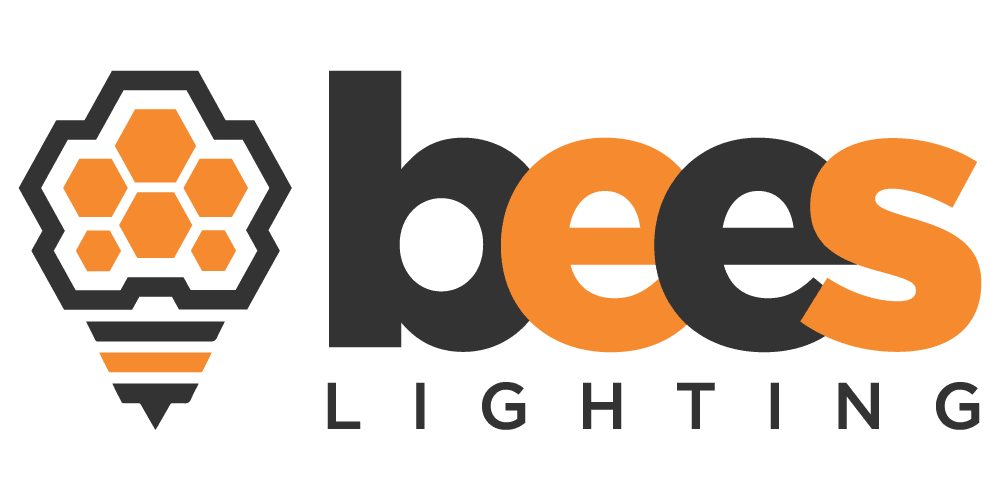


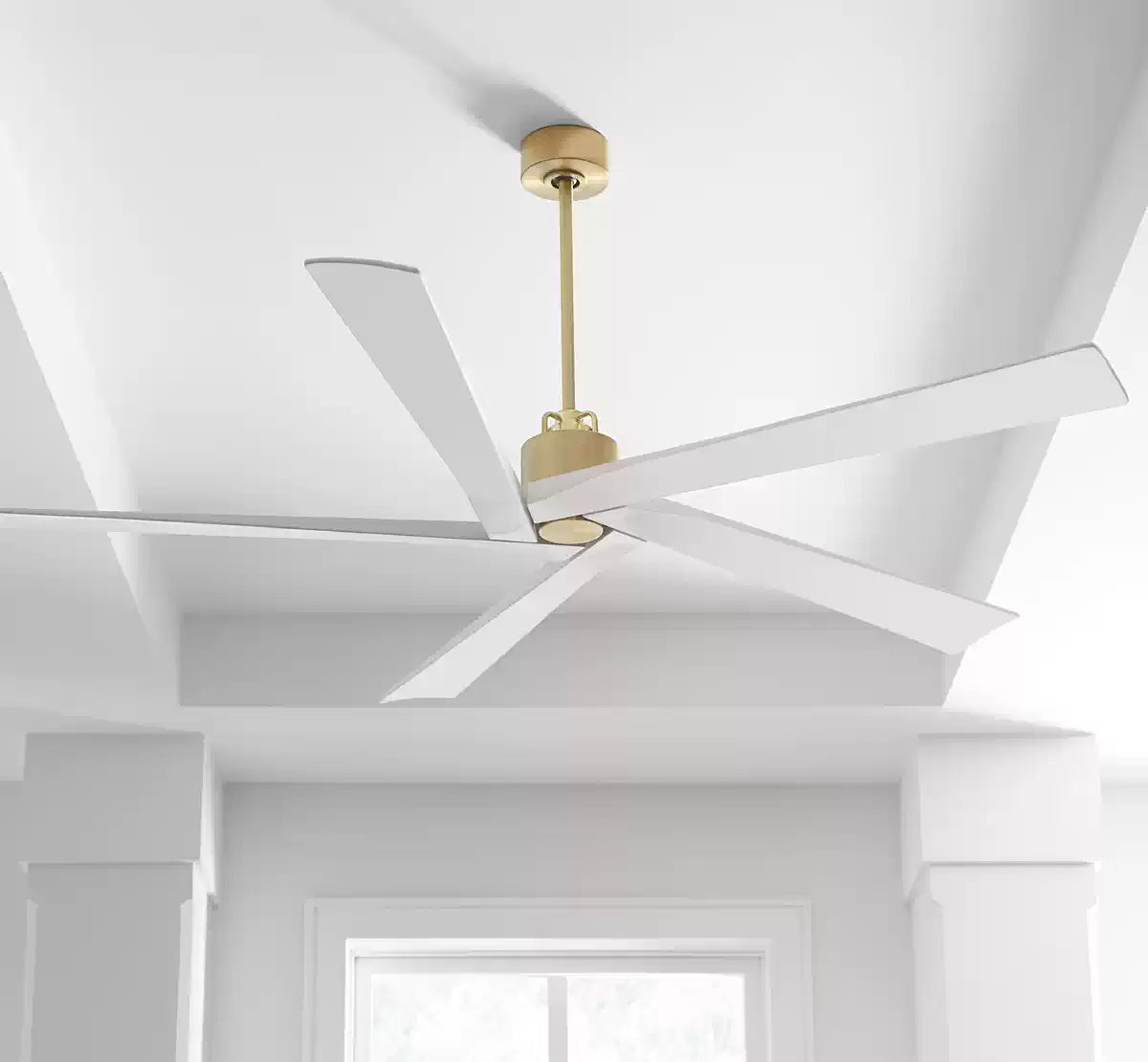

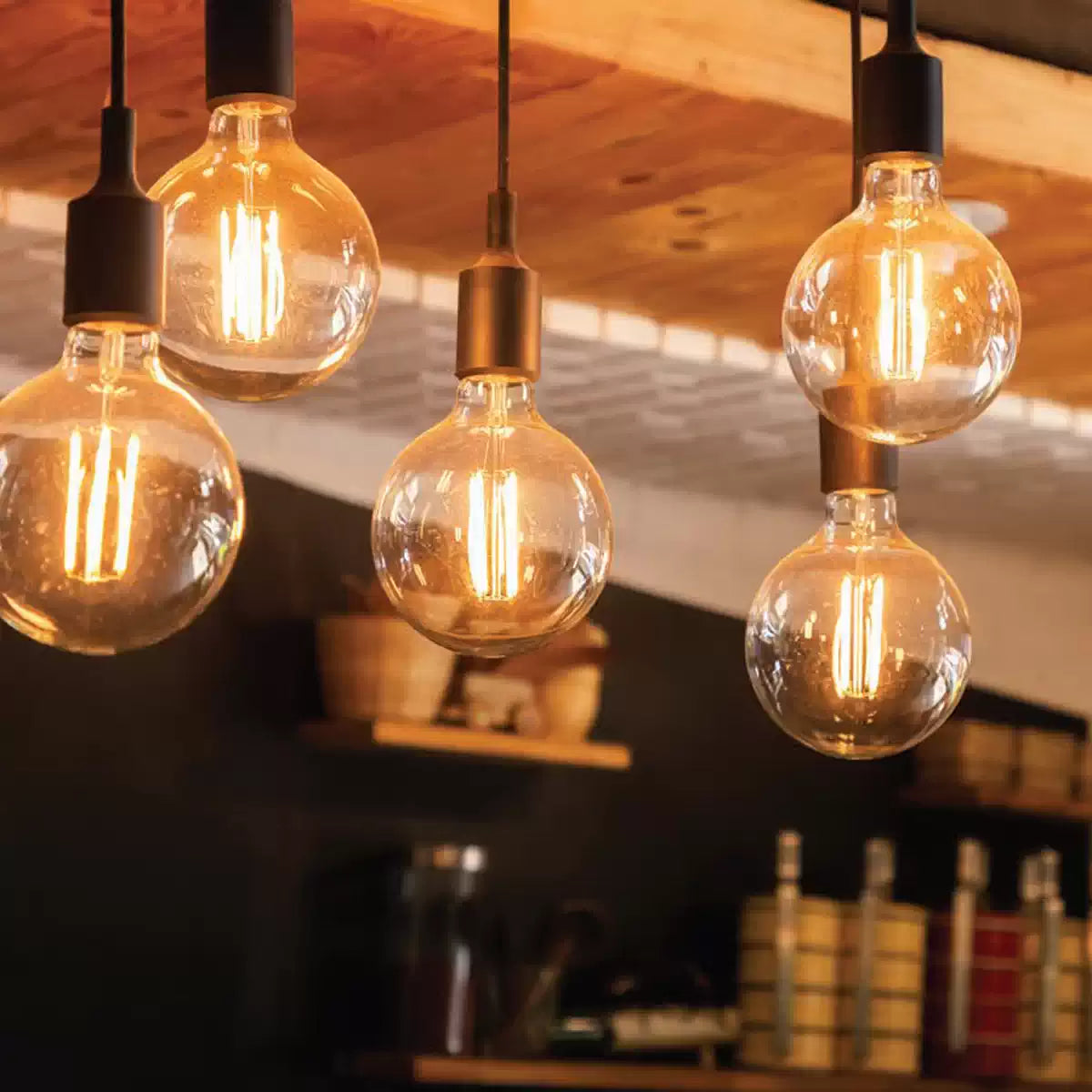
























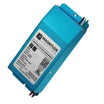













































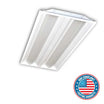














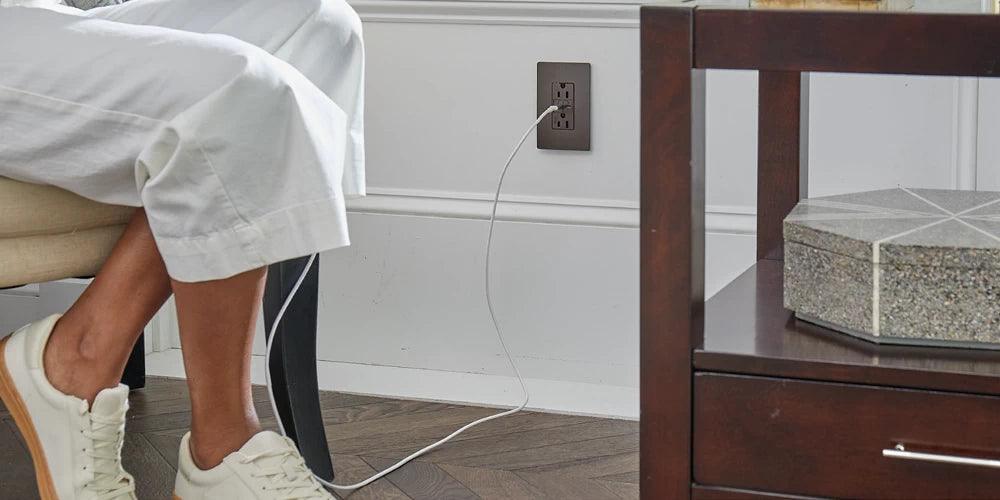
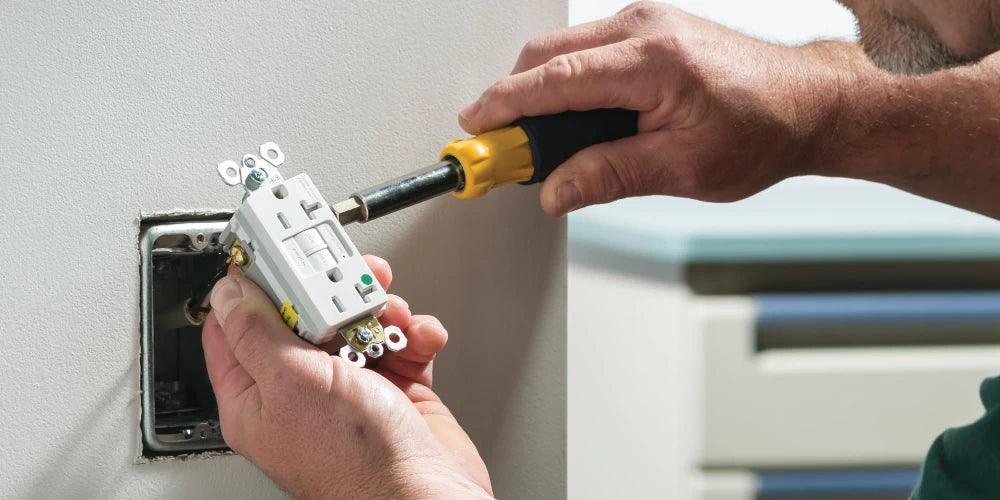
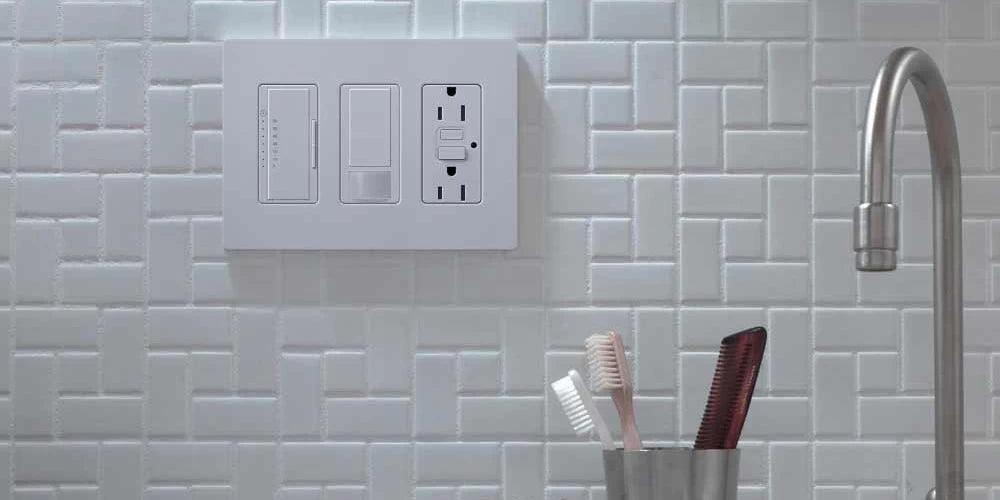
Leave a comment
All comments are moderated before being published.
This site is protected by hCaptcha and the hCaptcha Privacy Policy and Terms of Service apply.